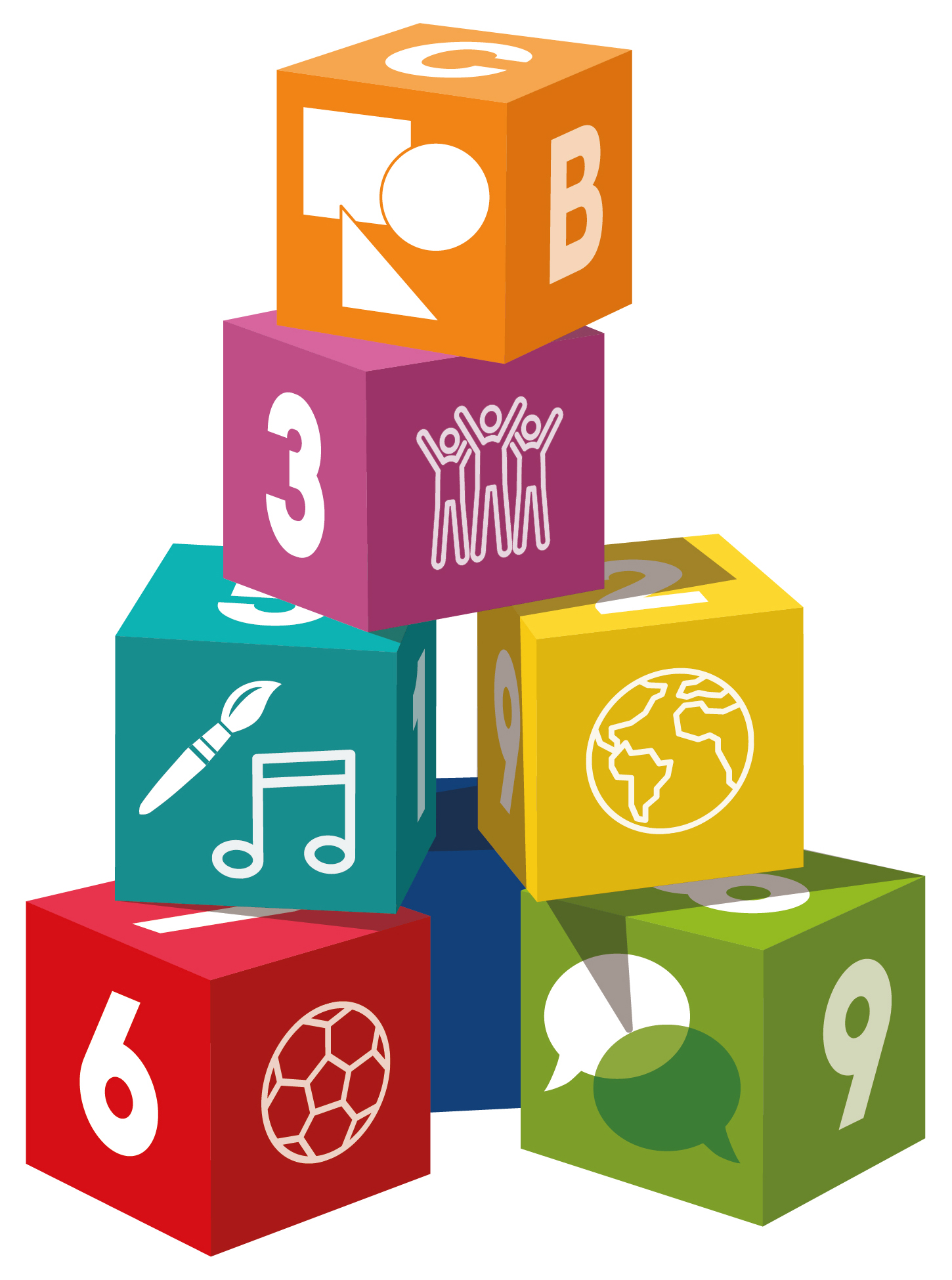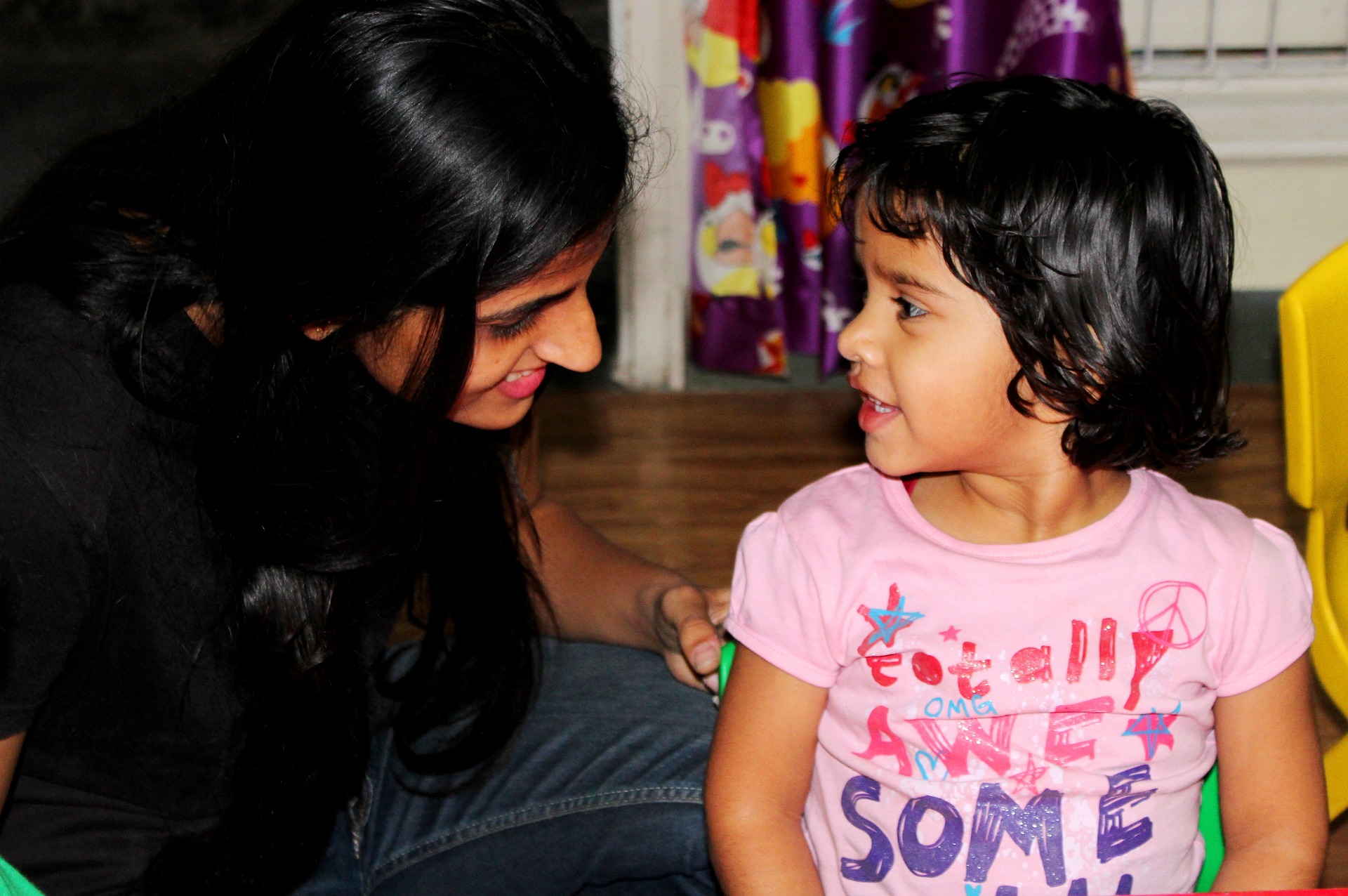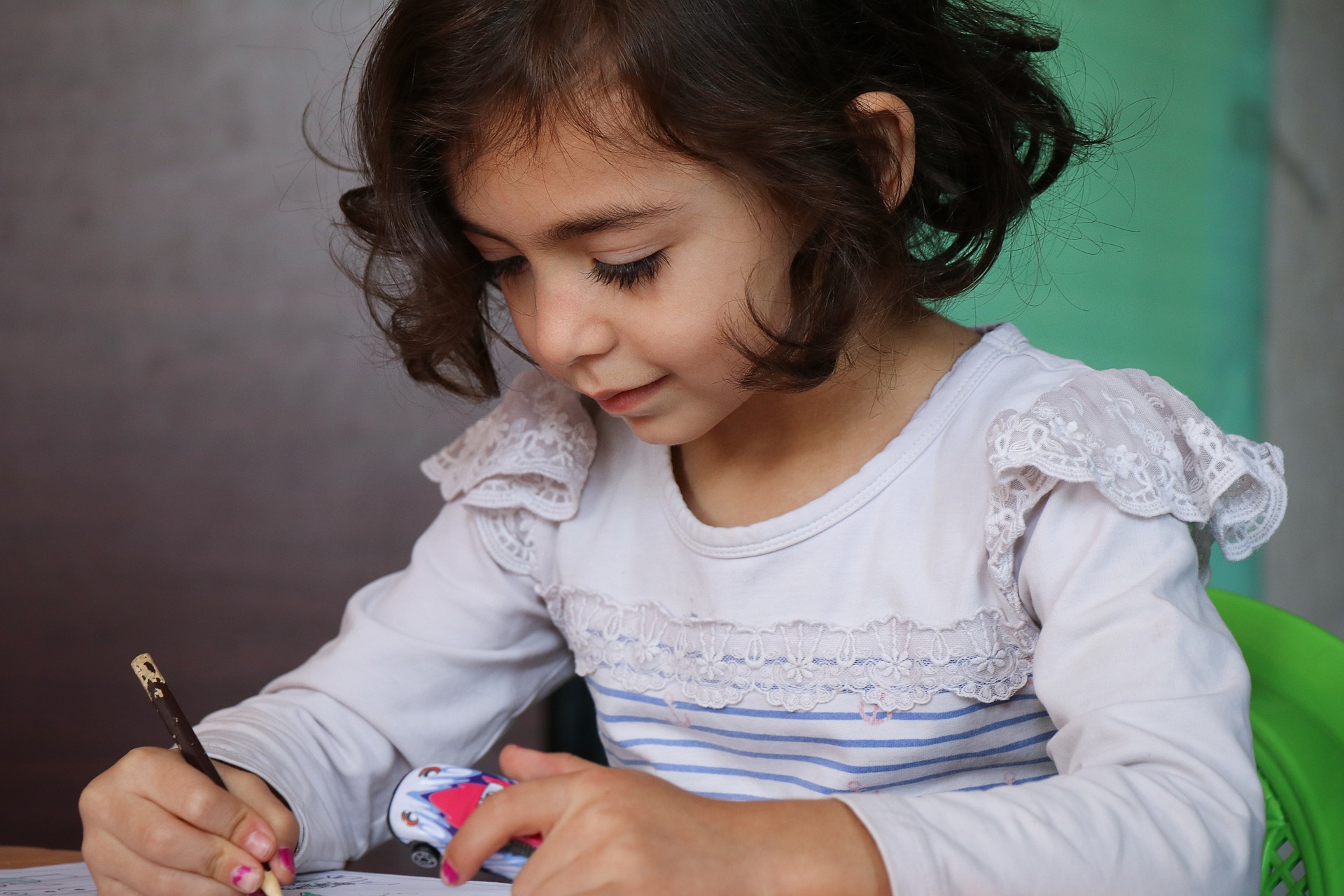Teaching and Learning Approaches
Teaching and learning approaches to the curriculum areas

The holistic approach to Early Years describes how all of the Cambridge Early Years curriculum areas are equally important and interconnected. It is therefore recommended that the content from these areas is taught in an interconnected and holistic manner. The following information will however support you to consider the teaching and learning approaches that are specific to each curriculum area.
Communication, Language and Literacy
When thinking about Communication, Language and Literacy development in Early Years it can be useful to break it down in to two defined areas: Communication and Language, and Literacy (Reading and Writing).
Communication and Language

Strong communication and language skills are crucial to children’s overall development in Early Years, and beyond. It can be tempting to think children develop communication and language naturally and to therefore focus more on reading and writing. However children only learn to speak and communicate effectively through interactions with responsive adults.
It is important to remember that speaking and listening skills lay the foundations for reading and writing. Therefore, it is very important to develop and extend speaking and listening skills across the Early Years curriculum, especially for children whose home language is different from the school language. See Promoting speaking and listening for guidance on developing children’s speaking and listening skills and A multilingual approach for specific guidance on supporting bilingual and multilingual children.
Literacy
Reading in Early Years is not about acquiring phonics and decoding skills as quickly as possible. There are many skills children need to learn before they can even attempt phonic and decoding. Reading in Early Years should be about sharing the fundamental pleasure of enjoying books. Research shows that reading purely for pleasure by age eight is a bigger influence on educational outcomes than socioeconomic factors.
Before children can start to learn to read, they need to be able to:
Rhyme and alliterate – Rhyming helps children to break words down and to hear the sounds in them. These are key skills needed for reading. You should therefore incorporate singing and rhyming throughout your practice with children, including nonsense rhymes.
Match – Reading (and writing) is the skill of recognising that a symbol means something specific and matching each symbol to its meaning. Providing games and activities that support children to learn to match will support this essential early reading skill.
Listen and recognise different sounds – Children need to be able to recognise the different sounds letters make. You can support them to develop these skills by encouraging them to listen for things in the world around them, in music and in the words they are hearing.
This will then enable children to develop an awareness of the sounds that letters represent (Phonics). A good way to do this can be to start with the letters in their own name, or a favourite toy or character.

As well as developing a love of books, reading comprehension is another essential component that should be supported from the earliest stages of a child’s learning. To support enjoyment and understanding of text in Early Years:
- have regular story time sessions to share and discuss books, including the pictures or what might happen next in the story. Think about group sizes, as they should allow for all children to fully engage and take part.
- share a wide range of stories, poems and non-fiction texts
- use full, authentic texts rather than extracts
- include texts that contain some less familiar, more challenging language and features, so that learning is extended
- share texts that are likely to interest your children, while also providing them with rich language and interesting topics to explore. Don’t underestimate the value of magazines in drawing reluctant readers in.
- encourage children to talk about their favourite books and provide props so children can act out favourite stories or songs
- provide a quiet, comfortable reading area that has a range of books displayed in an exciting way and is accessible, so that children can choose their own books to enjoy looking at
- have reading material throughout your setting, including outside. For example:
- cookery books and magazines in the home corner
- instruction books in the construction area, including those that you may create for your setting
- information books alongside key activities
- meaningful labels, with words and pictures, around the setting
- when older children read to you, ask them about what they have read, to evaluate their understanding and to reinforce that understanding is as important as being able to read. Ask open questions, as well as closed questions, to probe a child’s deeper understanding of what they have read.
Learning to write is a process that develops over many years and, as well as involving language and comprehension skills, it also starts with a child’s physical development. Children need to develop the gross and fine motor skills necessary to control a pencil or pen before they can start to form letters. Before children can effectively write, they need to be able to draw:
- horizontal lines, both up and down
- vertical lines
- circles, both clockwise and anti-clockwise
- diagonal lines, both forward and backward slanting
- intersecting crosses, both straight and diagonal.

Children start to experiment with writing from a very early age, long before they begin to understand and apply grapheme-phoneme (letter-sound) relationships. Initially they scribble for sensory pleasure, taking delight in the marks that they make. Over time they begin to control movements and eventually start to draw with purpose. During Early Years, children become more skilled in their drawing and start to add text, developing an understanding that the marks they make can convey meaning. Over time children will write more and begin to express more complex ideas through the marks they make.
Although this early writing may not be conventional from the perspective of an adult, you should encourage, celebrate, and interpret it in the context in which they were written and according to the child’s own description of their meaning. Supporting children appropriately in their early efforts to write will help them to become motivated and independent writers.
As children begin to write more conventionally, provide interesting, meaningful writing opportunities so they can begin to develop creativity in their writing. Avoid over-emphasis on pointing out mistakes and on asking children to make corrections. Instead, celebrate effort and achievements.
Other things you can do to support early writing include:
- let children see you writing for purpose, and explain what you are doing and why
- encourage children to write for purpose. For example, a birthday card or a list for the shopping – it doesn’t matter if the child’s marks do not actually resemble these items.
- provide writing opportunities across the setting. For example, provide clipboards outside and in the construction area, note-pads and diaries in the home corner, or paper taped to the underside of tables.
- provide opportunities for non-permanent writing. For example, water-painting on fences or paving outside, mark-making in the sand tray or in shaving foam. This non-permanence takes the pressure off for those who worry about getting things ‘wrong’.
- talk with children about what they have ‘said’ with their early writing.